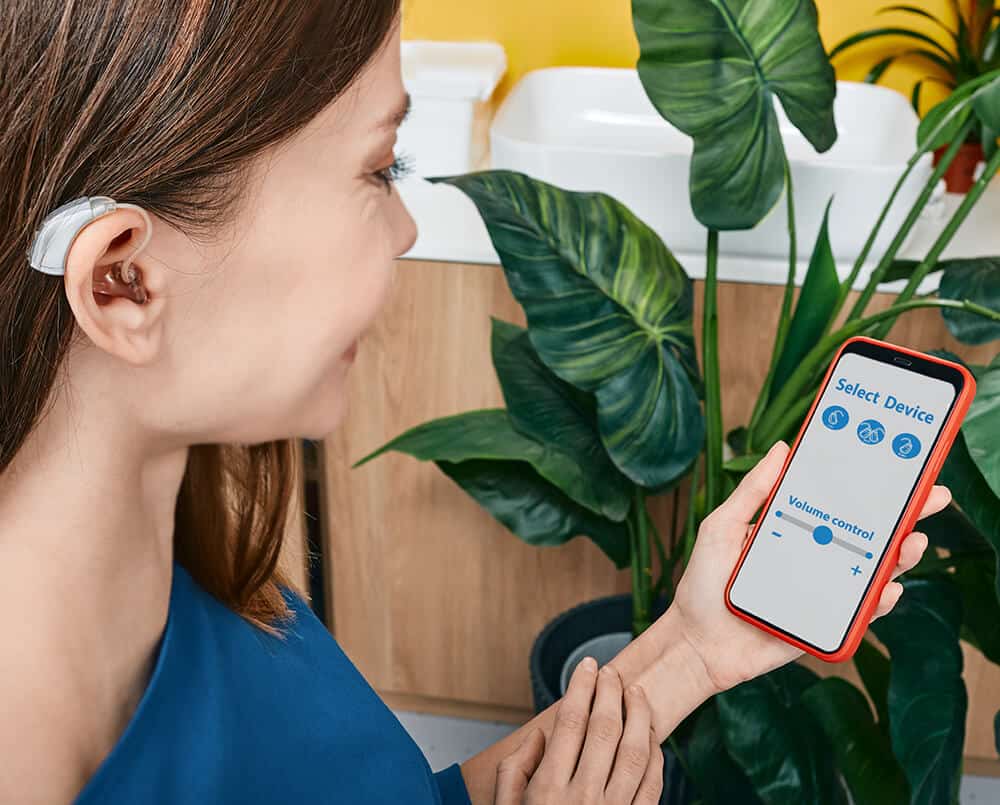Bluetooth-Enabled Hearing Aids
Hearing aid developers are constantly seeking new and improved ways to enhance the functionality of hearing aids and make them more beneficial in people's lives. Wireless connectivity, such as Bluetooth, allows users to connect their hearing aids to various devices for improved sound quality directly from the sound source.
Bluetooth-enabled hearing aids can be wirelessly connected via a streaming accessory to devices such as televisions, cell phones, tablets, and FM systems. The Bluetooth technology operates similarly to wireless internet, where sounds are transmitted through an invisible electronic signal.
The Bluetooth feature is compatible with most hearing aid styles, including behind-the-ear (BTE), mini BTE, in-the-ear (ITE), and in-the-canal (ITC) styles. However, each manufacturer offers a different range of Bluetooth-enabled products and accessories.

Benefits of Bluetooth hearing aids
Like any other hearing aid, Bluetooth-enabled devices have their advantages and disadvantages. One benefit is that wireless connectivity improves the sound quality when using hearing aids with electronic devices. It's like having a wireless pair of headphones that offer high-quality sound without the hassle of cords.
Wireless technology makes it easier for hearing aid users to use various electronic devices in their daily lives. From making phone calls to using a tablet or computer, listening to music, and even watching TV, Bluetooth technology can provide a seamless and enjoyable experience for tech-savvy users. Bluetooth also provides more control over the volume of different technologies, which can be easily adjusted using hearing aids or an app.
Drawbacks of Bluetooth hearing aids
While Bluetooth-compatible hearing aids and accessories can offer improved functionality, they do come at an additional cost and may not be necessary for those who don't frequently use electronic devices. It's important to discuss all options with your hearing specialist and consider your daily listening needs and device usage.
If you are interested in Bluetooth-compatible hearing devices, schedule a consultation with your hearing specialist. They can provide a real-time demonstration of how the technology works and help you determine if it would improve your daily interactions with the world.




